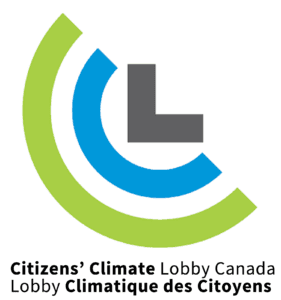Our governments have 6 basic options to confront climate change. They are listed from least transparent to most transparent: 1. The status quo – Our whole society finances fossil fuels – most expensive option by far. 2. Regulation – boots on the ground, eyes on emissions. This approach requires the government to hire regulators to keep tabs on everyone’s emissions and is dependent on the budget for enforcement. This approach is only as effective as the number of sources it can monitor, but hiring regulators is expensive, so it will only catch the largest carbon emitting companies, not your car or your neighbour’s lawnmower or your friend’s boat. 3. Cap and Trade – creates an artificial market. It involves putting a cap on emissions, but lets companies trade the emissions they produce. It still requires hiring regulators to tell us who is emitting how much (and all the problems that come with regulations) and creates a market where a select few people make money and the rest of us are left with a fluctuating fuel market 4. Subsidies – government picks winners and losers. It can be really hard to predict the future and what will be the best option down the line. We know how this has failed us in the past when the government decided to subsidize fossil fuels. 5. Carbon Tax – a sin tax that puts pressure on consumers. The positive is that carbon taxes are highly effective at reducing carbon emissions because they hold companies monetarily accountable for the negative consequences of the emissions they use, and , if the tax is put at the source (such as the coal mine or the oil refinery) they don’t require many regulators. The downside is that, with just a tax on carbon emissions, companies will push the extra cost off to consumers and make all products more expensive. When things get more expensive, people won’t be able to afford as much so it will slow down our GDP growth and economy. 6. Carbon Fee and Dividend – This is CCL’s preferred solution. It is simple and effective. Carbon fee and dividend includes a fee on carbon emissions at the source, then the revenues from that fee go back to households – It’s this dividend that grows the economy and protects the most vulnerable. FURTHER READING: https://cclca.wpengine.com/laser-talk-complementary-policies-to-carbon-pricing/ Quebec, California and the European Union are jurisdictions that have implemented cap and trade with offsets to mitigate their greenhouse gas emissions. British Columbia, Alberta, Norway and Sweden have carbon taxes. On Tuesday, October 23, 2018, Prime Minister Trudeau announced Canada’s carbon fee revenue returned to households will be called a Climate Action Incentive. And thus, Canada became the first country in the world to enact a carbon fee and dividend policy. Canada’s Carbon Fee and Dividend Page. LASER TALK: THE MANY WAYS TO PRICE CARBON
LASER TALK: The many ways to price carbon pollution
Home » CCL Canada News » LASER TALK: The many ways to price carbon pollution







